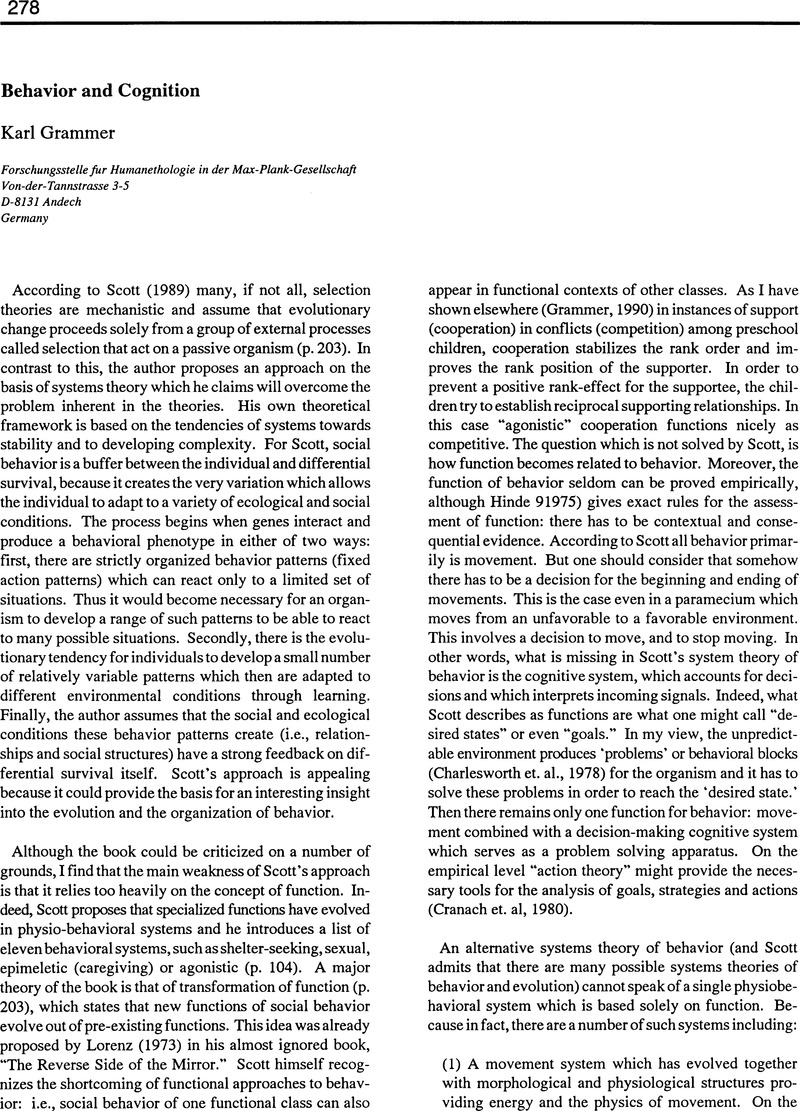Crossref Citations
This article has been cited by the following publications. This list is generated based on data provided by Crossref.
Obrimah, Oghenovo A.
2021.
Progressiveness of Increase to Utility from Socioeconomic Activities: `Barebones' Necessary Conditions.
SSRN Electronic Journal ,
Obrimah, Oghenovo A.
2022.
Should Rational Economic Agents Attempt to Exert 'Control' Over the Evolution of Their Risk Preferences?.
SSRN Electronic Journal ,
Obrimah, Oghenovo A.
2022.
Progressiveness of increase to utility from socioeconomic activities: ‘Barebones’ necessary conditions.
Social Sciences & Humanities Open,
Vol. 6,
Issue. 1,
p.
100308.
Obrimah, Oghenovo Adewale
2023.
Should rational socioeconomic agents attempt to exert ‘control’ over the evolution of their preference or behavioral parameters?.
Social Sciences & Humanities Open,
Vol. 8,
Issue. 1,
p.
100606.



